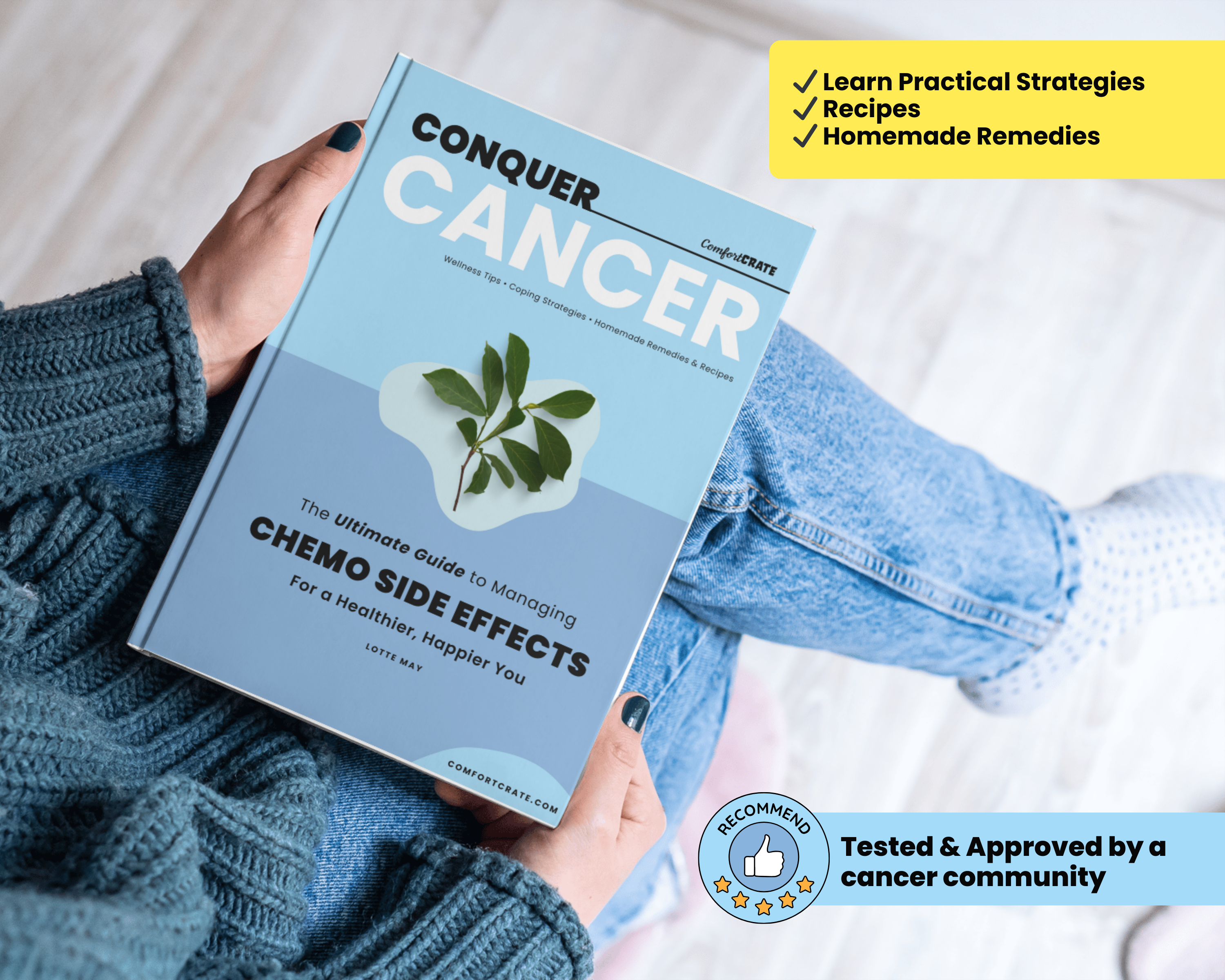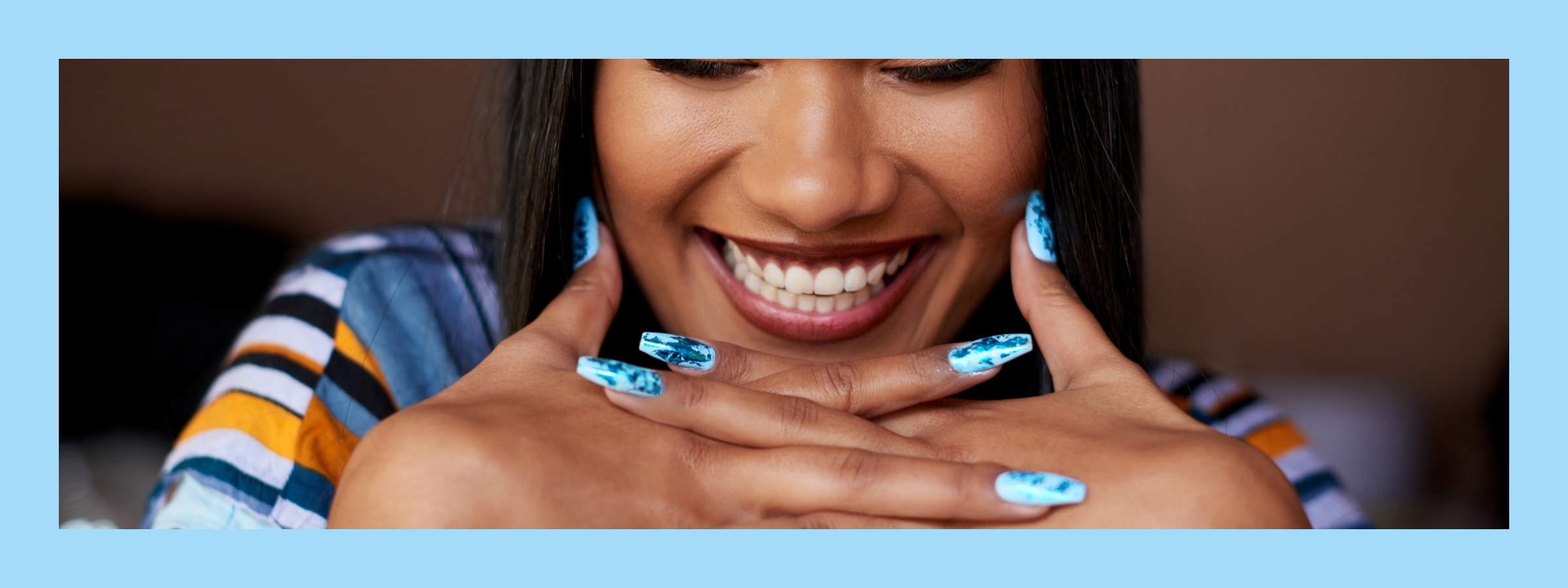
The effects of cancer treatment on the skin
Why does cancer treatment cause skin changes?
When cancer
Similarly, radiotherapy damages both healthy and cancerous cells too, by using radiation beams through the skin. If you receive frequent radiation
By understanding what might happen to your skin, you can reduce the risk of infections and prepare yourself for any side effects that may arise. To learn about all possible side effects of your treatment, contact your doctor.
Prepare for your doctor's appointment by considering the following questions:
- What skin related side effects are common for the type of treatment I’m receiving?
- Are there steps I can take to prevent any of these problems?
- What problems should I call you about? Are there any problems that need urgent medical care?
- When might these problems start? How long might they last?
- What brands of soap and lotion would you advise me to use on my skin?
- Are there skin products I should avoid?
Skin rash & Cancer Treatment
Skin rashes are a common side effect of certain types of cancer treatments. Cancer treatments that can cause skin rash may include chemotherapy, radiation therapy, immunotherapy, targeted therapy, and stem cell transplants.
What are the effects of cancer treatment on the skin?
1. Chemotherapy
It is possible for chemotherapy to make the skin more sensitive to sunlight, increasing the risk of getting sunburned. Exposure to sunlight can also further weaken the immune system, which has already been compromised by cancer treatment. There is also a possibility that you will experience dry, rough, itchy, or red skin, along with peeling, cracks, sores, or rashes. (Known as chemo rash)
2. Radiotherapy
The person giving you your radiotherapy will tell you how to care for your skin during and after your treatment. It is important to follow their advice. But you can prepare yourself with the following:
You might experience skin changes that include redness, soreness, and itchiness, similar to the symptoms of a sunburn. Additionally, the skin may become darker than usual. This usually begins one to two weeks after treatment begins. Later on, you may develop broken veins.
3. Stem Cell Transplant
This may cause graft versus host disease, which can cause skin problems such as a rash, blisters, or thickening of the skin.
4. Immunotherapy can cause a severe and sometimes extensive rash, which can become dry or blister.
5. Targeted Therapy
Usually, the rash appears as pimples and pus-filled bumps after a few days, and the surrounding skin can feel slightly tender. Rashes can occur within the first few weeks and are usually mild to moderate in severity.
6. Steroids
May lead to spots and redness of the skin.
Treatment for chemo rash and other skin changes
There are several treatments available for these side effects, depending on the severity and type of the reaction. A corticosteroid cream, along with an oral antibiotic or antibiotic cream, may be prescribed for mild to moderate skin rashes. In the event that the rash is more severe, oral corticosteroids may be administered, and your treatment regimen may be adjusted accordingly.
Symptoms of skin changes related to cancer treatment and why you should be aware of them
Symptoms of skin changes
- Redness
- Swelling
- Pain or Tenderness
- Blisters or Wet Sores
- Peeling skin
- Acne
- Bed sores
- Burning
- Dry skin
- Darker areas of skin, tongue, and joints
- Patches of skin that are lighter
- Itchy skin
- Dome-shaped skin growth
- Photosensitivity - Sunburn
- Rash
Additionally, you should notify your care team if:
- Your rash worsens after prescribed creams or ointments.
- You have itching that lasts more than 48 hours.
- Your rash develops into blisters, becomes bright red, develops pus or crusts over.
- Your rash is painful.









Leave a comment
This site is protected by hCaptcha and the hCaptcha Privacy Policy and Terms of Service apply.